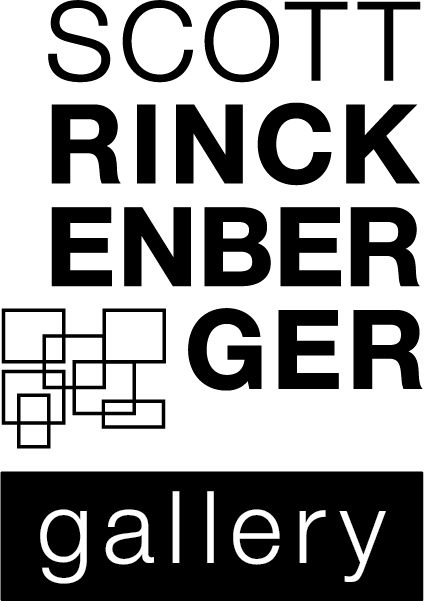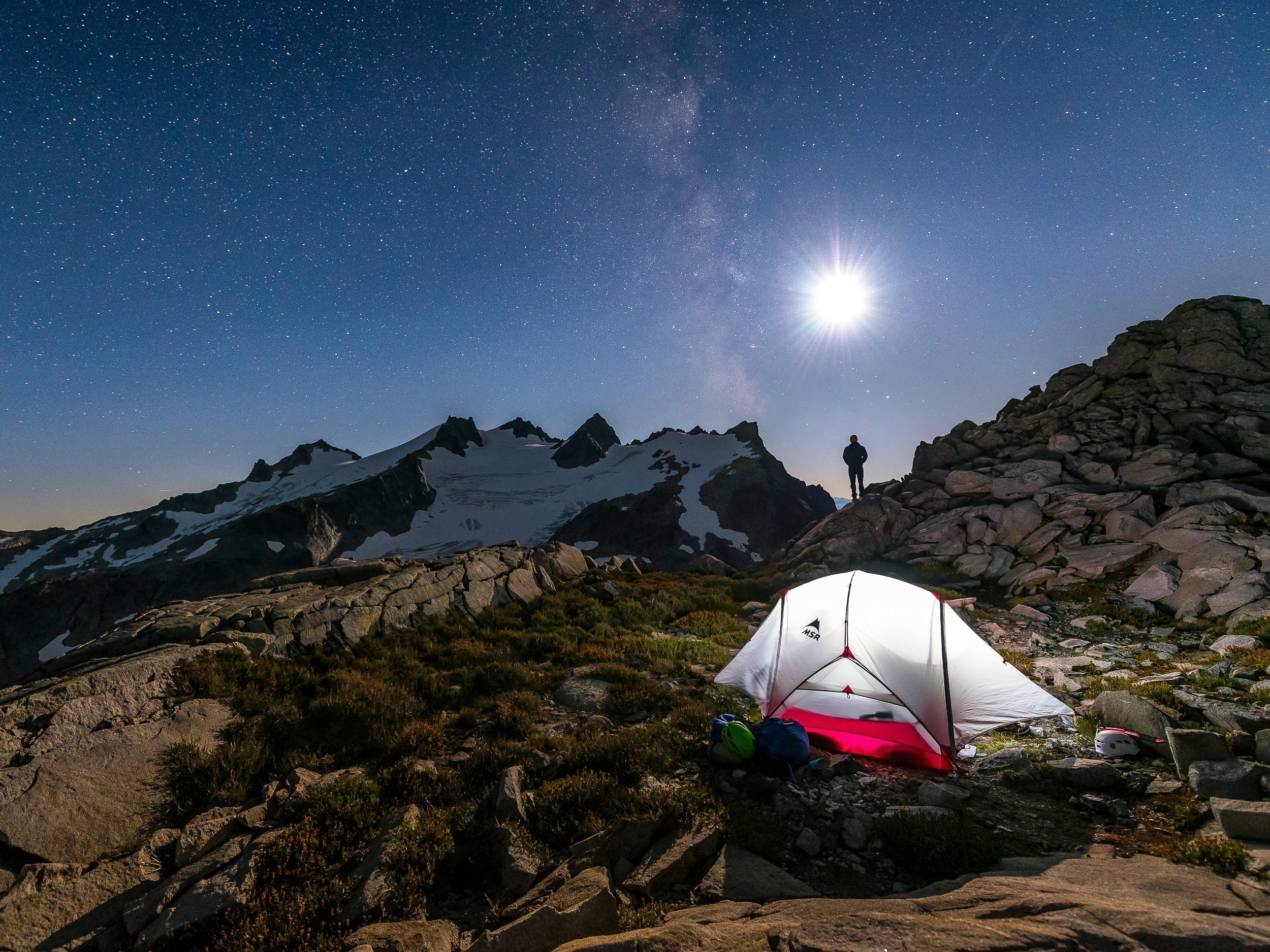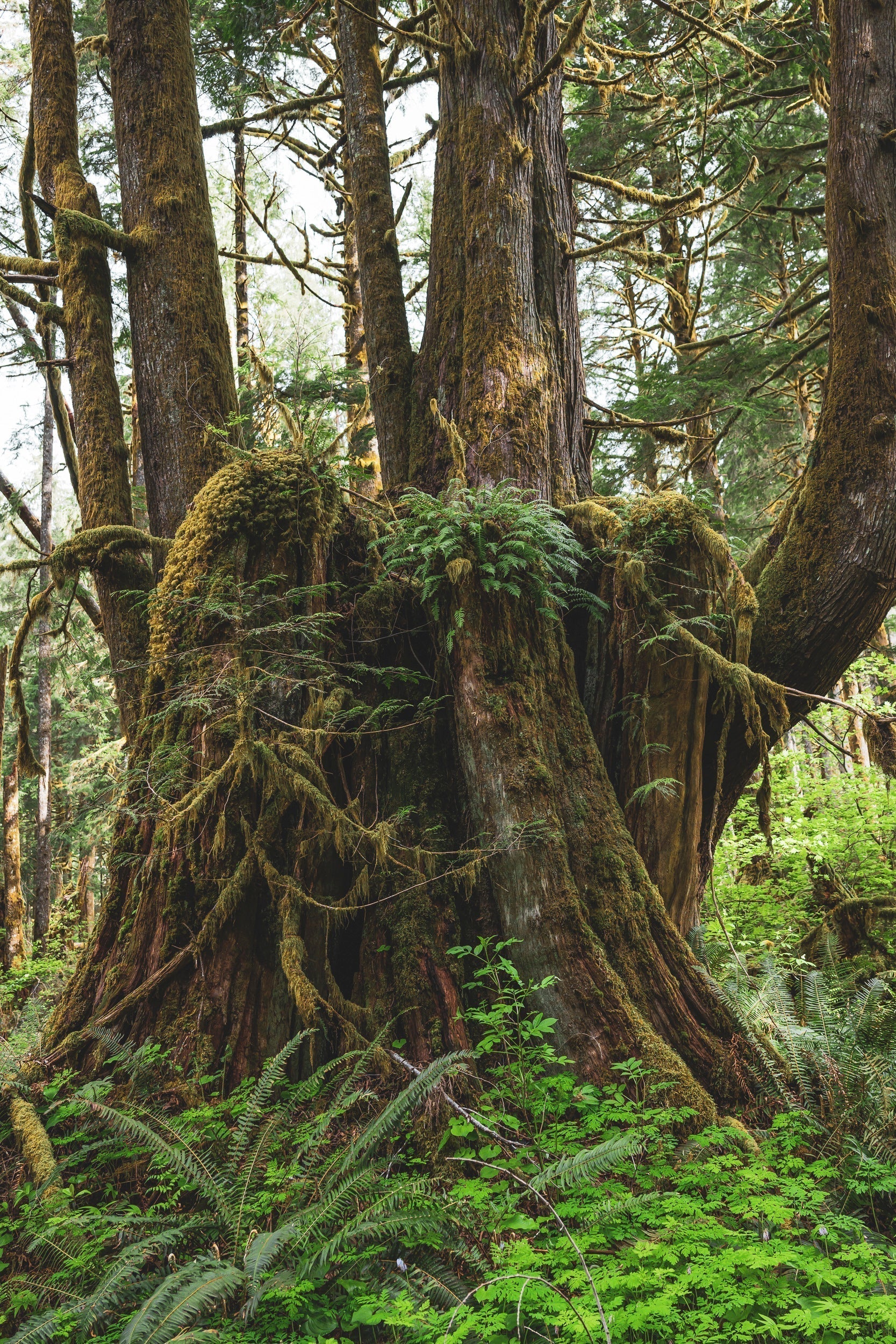Fast and Light Overnight with the 100MP Fuji GFX100-RF

It used to be that you had to have a huge, heavy camera, with a huge, heavy lens to create top-tier professional photography. But, over time, cameras and lenses have been shrinking as engineering prowess and new technologies have allowed for more and more power to be packed into smaller and smaller packages. This is a huge win for those of us who love photography, but also appreciate efficient movement through the world.
The latest front in this battle is in the world of very high resolution, fixed-lens, 'compact' cameras. Leica fired the first significant shot with the full-frame Leica Q. Which offered a similar size to the iconic rangefinder style cameras from Leica, but was aimed more directly at the stiff competition from Fuji's popular series of X100 cameras.
At more than twice the cost of the Fujis, the Leica Q series was definitely targeted directly at the professional, or the affluent amateur with a nose for quality. It offered a larger sensor, more megapixels, a better lens, and Leica's undeniably superior engineering. In many ways, the Q, Q2, and Q3 stood alone as the finest compact cameras available. And then Fuji went and did something completely unexpected.
Earlier this year, Fuji announced the GFX100 RF. Instead of finding a way to increase the sensor size of the X100 series to full-frame in a move to match the Leica offerings, they instead figured out how to take one of their lauded 100 MEGAPIXEL medium format sensors from the successful GFX lineup, and squeezed it into a bulked up, but definitely stylistically similar rangefinder-style body. People have been calling it a super X100. And, while it differs in many key ways, the comparison is valid.

I've owned the Leica Q2 Monochrom camera for a couple of years now, and it's one of my favorite photographic tools of all time. It simultaneously simplifies the craft of photography, and creates some of the most technically perfect images currently available on earth. Only problem is, it only shoots in black and white. Which is great...most of the time. I wouldn't change a thing about it, but sometimes I sure wish I had something similar that could capture the world in color.
Enter the Fuji GFX100 RF. A larger sensor? A comparable lens? Similar size and weight to my Q2? Could this be the camera I've been missing in my arsenal? I had to find out. In a fortunate bit of timing, I reached out to my friends at Glazer's Camera in Seattle just as they were set to get demo copy of the GFX100 RF. I was honored and grateful to be the first person to take it out for a spin, and a beautiful spin it was.

I decided the best thing to do with the camera, was to do the thing that I like to do best; wander in the hills to spend a night sleeping out high in the mountains, shooting photos all the while. As the camera is a minimalist solution to the high resolution photography question. I made sure my camping kit matched the same philosophy. I was all set to explore the North Cascades with as little excess as possible.



Along the way, I played with shooting color and black and white, working to find both grand vistas and macro details that would make the most of the level of detail offered by this camera.


One of my immediate favorite features was the built-in virtual ND filter which allowed for slow shutter speeds even in midday light without the need for carrying lens filters.


I chose an overnight when the weather was shifting from a cloudy to sunny forecast, and was rewarded with swirling clouds and fog through the late afternoon and into sunset, which was unfortunately a bit obscured.


I woke up in the middle of the night to find that the cloud deck had dropped down to settle into the valleys, revealing a sea of jagged peaks, bright moonlight, and a brilliant sea of stars above.

The ease of shooting long exposures with this camera was greatly appreciated, and I loved using my Peak Design tripod in its ultralight setting with the telescoping legs left at home.

If the middle of the night was glorious, the dawn was absolutely mind-blowing, as clouds poured through the gaps in the peaks and the sky softly developed a full-spectrum offering of colors.


A little tuckered out, but refreshed and inspired, the only thing left to do was to get back to the studio to review the images.
What did I learn?
- That I like having a small(ish) camera to throw in the kit for alpine missions or personal trips.
- That it's fun to shoot with a single lens, especially when you have the resolution for serious cropping
- That non-destructive crop modes and digital zoom are fun as a way of taking notes on how I want to create the final file to look
- That I can easily create a wider FOV by shooting a quick handheld panorama
- That the lens and sensor on the GFX100 RF are excellent
- That my Nikon Full Frame cameras and Leica Q2 Monochrom are also excellent in comparison
- That the IQ between my full frame cameras and the GFX wasn't as significant as I had expected
- That the buttons, knobs and dials on the GFX are not super satisfying to use
- That the GFX has brilliant features and insane tech in a small package, but the haptics and ergonomics aren't a match for my other cameras
- That the best small camera experience I've ever had continues to be the Leica Q series
What did I do in the end?
I returned the GFX100 RF to my friends at Glazer's Camera with a huge thanks for the good times and the great photographs that resulted. Then I took a look at their inventory and walked away with a Leica Q3. The problem I was trying to solve (if you can call any of this a problem) was that my Q2 Monochrom did everything I wanted it to do, except shoot color. Probably 80% of the time, I prefer to capture in black and white, and there is literally nothing better for that than shooting with the Leica Monochrom sensors. Dynamic range, tonal depth, low light performance, all second to none. But in certain photographic scenarios, the color is the story.
I just returned from a family trip to Maui. The Leica Q3 is the only camera I brought. I shot mostly with the black and white profile (which can be easily changed back to color in the RAW file.) But I loved being able to shoot color when the sunsets did that amazing Hawaiian sunset thing. I loved being able to capture the red and black lava rocks with turquoise waves crashing against them. Had I connected with the GFX more completely, it would have been the perfect camera for this trip, but in the end, perfection is in the eye of the photographer, and for me, for small-format, high resolution photography, nothing beats a Leica.




1 comment
I am a travel photographer and need flexibility. So Sony 7R IV and zoom lenses. See my gallery at .com
William Perry
Leave a comment
This site is protected by hCaptcha and the hCaptcha Privacy Policy and Terms of Service apply.